Secrets of the underwater war. Part three
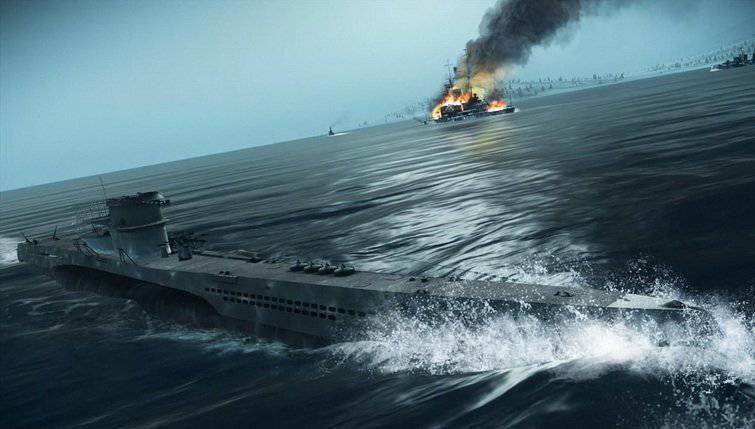
As it became known after the war, the Wehrmacht’s army ciphers, which were simpler than the sea ones, were first split by Polish cryptanalysts headed by M. Reevsky. By 1939, they even created Anti-Enigma, a machine that partially automated decryption of intercepted German radiograms. In June 1939, the Poles handed over two such machines to the leaders of the cryptanalytic services of England and France: after the defeat of Poland, the Reevsky group was transferred to Paris, and then to London, where the arrogant and proud British removed them from further work. However, even after receiving the machines and all the developments from the former allies, British intelligence was not able to immediately begin to decipher marine codes, more complex and reliable than army and aviation. To begin such a decryption, it was necessary to intercept the Enigma of the marine type with all the instructions.
This was done, and in part, by 23 in February of 1941, when the fascist trawler Krebs was captured near the Lofoten Islands. When inspecting the ship, the boarding party made sure that the encryption machine and ciphers were thrown overboard, so that only isolated rotors fell into the hands of the British. But this find prompted the Admiralty to organize the hunt for the Enigma of a marine sample.
After a series of unsuccessful attempts, this hunt was crowned with success. 8 in May 1941, the escort of the OB-318 convoy managed to capture the fascist U-110 boat, on board which the Enigma was found with all the secret documents.
That's how it was ... At dawn of 9 on May 1941, two U-110 and U-201 boats entering the “wolf pack” discovered a warrant for ships of the OB-318 convoy. The attack was carried out by U-110 under the command of Lieutenant-Commander Fritz-Julius Lemp. As a result of a torpedo strike, he managed to bring two vehicles to the bottom with a total displacement of more than 7,5 thousand tons. However, the submarine betrayed itself. She was quickly spotted by the English corvette Obreriya with sonars. Together with the destroyers "Broadway" and "Bulldog", the corvette dropped several series of depth charges. Due to the damage received, the submarine lost stability and fell to a ninety-meter depth. To prevent the boat from being crushed, Fritz-Julius Lemp gave the command for an emergency ascent. As soon as the waves subsided from the cabin of the ship, as the lieutenant commander jumped out onto the navigating bridge. What he saw did not bode well for the submariners. Destroyers flew right on the submarine, increasing the speed. Their intentions to ram the boat were beyond doubt. Lemp hastily gave the command to open the Kingston and leave the boat. However, as it turned out, the chief mechanic Eichelborn could no longer execute the command to sink the boat. Submariners hurriedly jumped overboard. The latter, as the commander should be, left the boat Lemp, not even suggesting that his first order remained unfulfilled. Seeing that the crew of the submarine leaves the ship, the captain of the destroyer "Bulldog" Baker-Cresswell changed his original intentions and gave the command to take the boat to board the ship. The British formed a boarding team consisting of ten experienced sailors under the command of Junior Lieutenant Balmi. Seeing that the British boats are approaching the submarine, the captain-lieutenant and the first watch officer Dietrich Leve, hastily turned to U-110. However, to reach it Lempa failed. Some of the eyewitnesses claimed that their captain was shot by English sailors, but Leva was convinced that Fritz-Julius just let himself be drowned. As you can see, the preservation of the mystery of the "Enigma" was a matter of honor for the German officers Kriegsmarine.
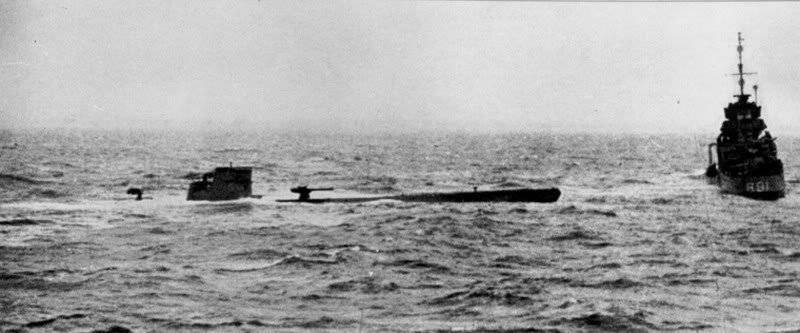
After making sure that the submarine kept afloat, the commander of the boarding team requested from the mechanics destroyer to board the U-110. By the time the mechanics arrived, Junior Lieutenant Balmi had already discovered the Enigma version of the sea. Together with the encryption machine, the English also got ciphers in force from April to June 1941. Inspection of the ship by mechanics showed that it was impossible to stop the flooding of the ship caused by damage to the feed ballast tank. Initially, the escort command escort wanted to tow the boat to the shores of Iceland. But then, sensibly reasoning that this could indicate to the fascist intelligence that the British would seize a secret machine, it was decided to sink the boat. With the same purpose (to keep in secret the fact of the capture of the boat), the British ships carefully examined the water area and fished the whole team of the German submarine from the sea.
Received "Enegma" and the materials of the codes allowed the British to immediately begin reading radio messages encrypted with the Hydra cipher and read them until the end of June. After that, British intelligence was “blinded” for a while due to the entry into force of the new tables, but a start had already been made: the government school of encryption and decryption, although with some interruptions the Hydra could read the entire cipher. Moreover, the solution to this code helped the school, often called Bletchley Park (after the name of the country estate where it was located), successfully split a number of other codes: Neptune, Zuid, Medusa, Triton. In 1942, the Germans added the fourth rotor to the Enigma scheme, and the hunt had to start all over again. But a start had already been made, and decoding the modified code was only a matter of time.
Of course, the process of breaking ciphers as a whole was worth a great deal of work, effort, and cost: the school staff numbered about 10 000 people, and its equipment included several dozens of computers, the prototypes of modern large computers. In this case, computers were created specifically for this purpose by the famous mathematician E. Turing. But these costs are more than paid off the achieved results.
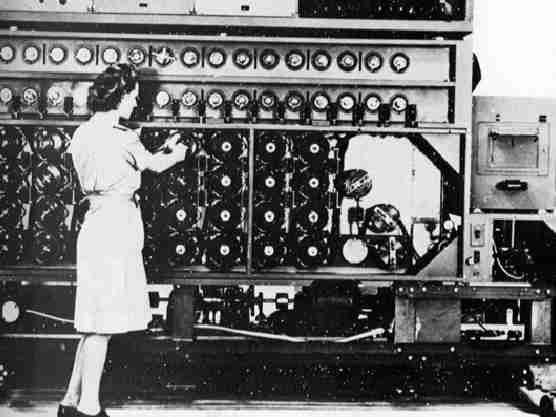
To analyze all the information decrypted in Bletchley Park, an Operational Intelligence Center (ORC) was created in the British intelligence system, headed by N. Denning, later Vice Admiral. One of the former employees of the center P. Beasley recalled: “We have established the exact number of submarines operating in the pack. We became aware not only of the content of the radiograms they sent, but, more importantly, we knew the contents of the orders from the headquarters in Lorient, with which Dennitz systematically pumped up the submarine commanders. We knew the methods of action of submarines, their average speed with which they could go to patrol areas and vice versa, we knew the duration of their stay at sea, the characteristics of many commanders, their favorite patrol areas, as well as the exact meaning of short radio signals to transmit information about the detected purposes, location and weather conditions. We could follow the first military campaign of each submarine in any section when traveling to the North Sea ... We all the time knew when this or that boat went into the raid and when it returned, if it did not linger at sea ... We had accurate information about the power of everything underwater fleet the Germans and the locations of each submarine ... we knew what boats and how long they were in the ports and when they had to go on the next trip. "
In developing the tactics of submarine warfare, Dennitz carefully weighed the pros and cons of the broad use of radio programs. The main thing he feared was radio direction finding, which allowed the enemy to locate the submarine. But he didn’t admit of thought, radiograms are not only recorded, but also decoded by the enemy, and therefore often trusted radio waves with such information that helped the allies destroy the boats.
So, in the spring of 1943 of the year, by intercepting the order of Dennitsa, transmitted by radio, the British learned that the submarines attacked from the air should not strive to go to the depth, but meet bombers with long-range anti-aircraft guns. In accordance with this, pilots of anti-submarine aircraft were ordered to immediately call in support and attack from different sides.
Having received with impatience the expected detailed reports of submarine commanders about the first combat use of new acoustic torpedoes, the command of the fascist submarine fleet did not assume that the British also received this information and immediately used it to develop the Foxer anti-torpedo device. Of particular difficulty for the British were those German boats, who acted alone, at their own discretion, and did not conduct extensive radio communications. But when such a boat returned to the base, Dennitz sent out escort ships to meet her. And paradoxically, these ships, which were supposed to protect the boat, led the enemy with their radiograms.
Finally, and this was the most important thing, since May 1942, the Allies began to successfully withdraw convoys from the patrol line of fascist boats, thereby initiating a sharp decrease in losses.
Naturally, the British diligently concealed their acquaintance with the German cipher correspondence. They strenuously spread rumors about the extreme branching of their network of agents, about the extraordinary achievements of aerial photointelligence, and especially about the miraculous capabilities of radar technology.
And it seems that misinformation has reached the goal. When Twenty years after the war, Dinnitsa was asked if he felt that he had once been confronted by the enemy, as if reading his thoughts, the aged grand admiral replied: "No, I did not notice anything like that."
Использованная литература:
Bush H. Third Reich Submarine Fleet. German submarines in the war, which was almost won. 1939-1945
Dennitz K. Ten years and twenty days.
Ivanov S. U-boot. War under water // War at sea. No.7.
Smirnov G. History technology // inventor rationalizer. 1990. No.3.
Blair K. Hitler's Underwater War (1939-1942). "Hunters".
Biryuk V. Secret operations of the twentieth century.
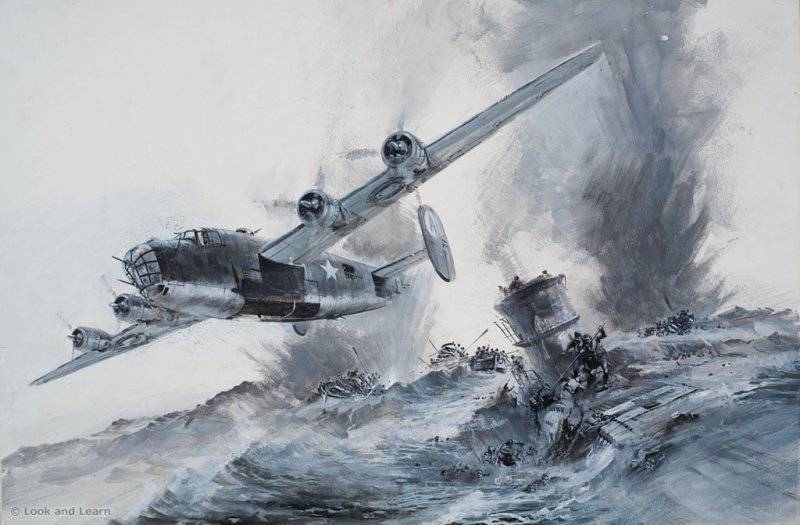
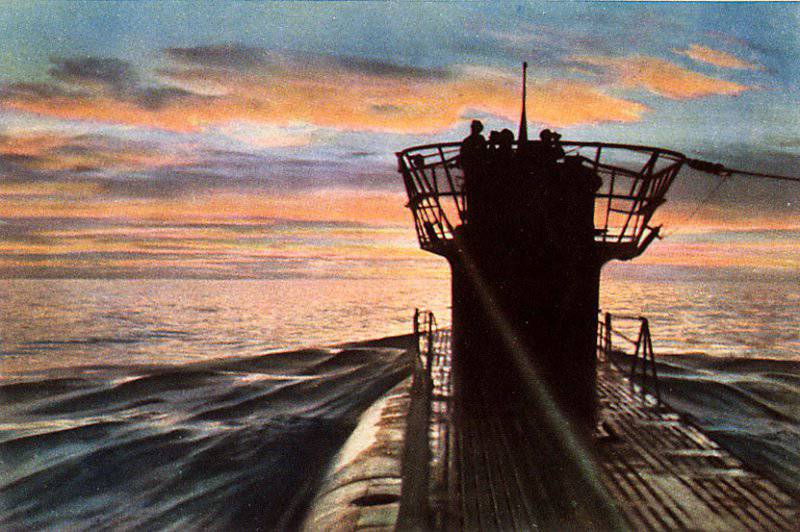
Information